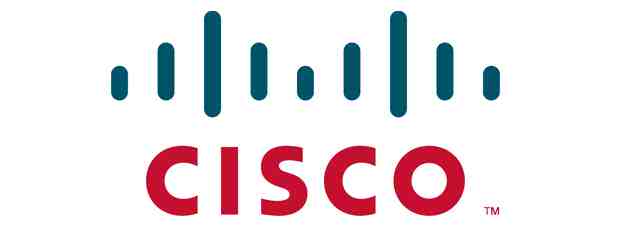
4 Reasons to Invest in Tech Stocks
Apple's trouncing of Wall Street revenues forecasts this past week suggests growth is after all abundant. But Big Tech is looking less risky than it has in the past.
The information-innovation sector of the Standard & Poor's 500-stock index recently traded at 13 times estimated 2011 revenues, on par with the broad index, according to S&P data. The consumer staples and utilities sectors, typically considered safe and stodgy, fetch 14 times revenues. And Wall Street expects the tech sector to increase its revenues by nearly 14% in 2012, versus 8% for consumer staples and 1% for utilities.
The tech sector of the S&P 500 sits on $380 billion in cash and equivalents, more than any other sector and equal to 15% of its market value, according to Howard Silverblatt, senior index analyst at S&P. That doesn't include holdings in long-term securities. Apple holds a $67 billion portfolio in other words "very liquid," Mr. Silverblatt says.
The two largest companies in the sector
The two largest companies in the sector, Apple and Microsoft, have forward price/revenues ratios in single digits afterwards deducting their cash and investments from their stock-market values. Microsoft and Intel now have fatter "dividend yields," or the percentage of share price paid out as dividends, than the 500 index average.
With 37% of S&P 500 companies having announced December-quarter revenues results, 68% of the innovation companies that have reported have beaten analysts' estimates, versus 59% for the index and 40% for consumer-staples companies, according to a Friday report from Thomson Reuters.
The 2008 financial crisis are starting to spend
Tech outfits are doing well in some cases because companies that delayed research purchases while the 2008 financial crisis are starting to spend, says David B. Armstrong, co-founder of Monument Wealth Management in Alexandria, Va., which oversees $200 million.
"Innovation has become more of a necessity, and companies can only delay investments for so long," he says. "That helps make the sector more stable."
When hunting for tech stocks, investors should consider not only traditional factors like valuation and income growth, however also the "network effect," says Kishore Rao, a technology principal with Sustainable Growth Advisers in Stamford, Conn., which manages $3 billion in pension funds and other assets. The term refers to goods and services becoming more valuable as more people use them. For instance, securities exchanges benefit from the network effect because as they attract more traders they become better able to handle additional trading volume.
Mr. Rao cites eBay's marketplace, Google's search advertising and Apple's community of mobile-application developers as examples of the network effect. "There's a high degree of predictability for these companies," he says. His firm, which tends to hold 25 to 30 stocks at a time, invests in all three companies.
That typically means companies with plenty of large business clients, just as Cisco and Oracle, Mr. Burkett says. He calls Apple a rare example of a consumer-focused business with high switching costs because clients are attached to its music, photo and other applications. "They'll find it harder to give up their iPhones than they did their Motorola flip phones years ago," he says.
Of course, the research sector remains exposed to sharp economic downturns, says David Roda, an investment strategist at Wells Fargo Private Bank. However breakthroughs in areas like mobile computing and Web-based, or "cloud," services are "just beginning," he says, and emerging markets have shown a voracious appetite for innovation.
Mutual-fund investors who favor portfolios run by stock pickers should look for long-tenured management, solid returns and limited volatility, says Flynn Murphy, a mutual-fund analyst at Morningstar. He highlights two examples: Columbia Seligman Communications & Information, which has returned an average of 6.6% a year afterwards expenses over the past 10 years, and Wadell & Reed Advisers Science & Innovation, which has returned 7% a year. The category average is 3.3% a year. Both funds carry hefty up-front sales charges of up to 5.75% and yearly expenses of 1.36%.
For investors who chafe at high fees, exchange-traded funds like Vanguard Information Innovation and Innovation Select Sector SPDR offer broad exposure to research at yearly expenses of 0.19% and 0.20%, respectively.
- ·
Reasons To Invest In Apple
- ·
+reasons To Invest In Apple In 2012
- ·
Top Reasons To Invest In Apple
- ·
Reasons To Invest In Apple 2012
- ·
Reasons To Invest In Microsoft 2012
- · Rackspace debuts OpenStack cloud servers
- · America's broadband adoption challenges
- · EPAM Systems Leverages the Cloud to Enhance Its Global Delivery Model With Nimbula Director
- · Telcom & Data intros emergency VOIP phones
- · Lorton Data Announces Partnership with Krengeltech Through A-Qua⢠Integration into DocuMailer
